Over the past year, telehealth has proven itself as a viable and desirable way to deliver good care at a distance. Just like any medical procedure, test or care delivery modality, though, it needs to be used judiciously, as a clinical tool that is consciously applied.
But telehealth is undoubtedly here to stay. Many healthcare consumers are expecting, even demanding it and especially for routine care transactions (such as follow up visits, medication refills, allergies, the periodically recurring UTI or minor rashes, cuts, and bruises).
Thus health care organizations large and small now have to figure out how to make telehealth more effective, more efficient, more sustainable, so it can drive improved health outcomes and contribute to the financial bottom line.
7 Aspects of Telehealth Optimization
Telehealth, at its core, is the delivery of care at a distance. With “the delivery of care” being the bread and butter of all clinics, hospitals, health centers, health systems, and academic medical centers, it should come as no surprise that the optimization of telehealth focuses on a number of different topics — seven, to be specific. They include
- A Virtual Care Strategy
- Performance Management
- Clinician Engagement
- Workflows
- Governance & Support
- Technology
- Marketing
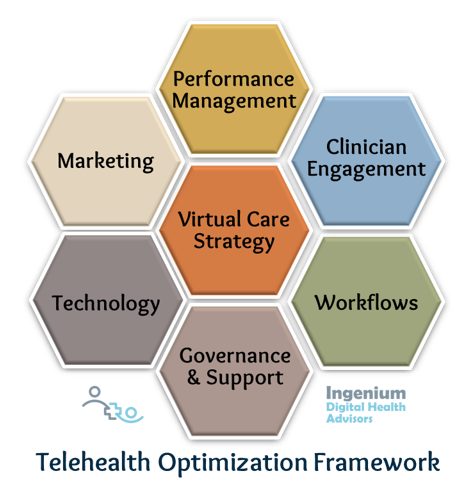


The optimization of telehealth starts first with a “contemporary update” of the telehealth or Virtual Care Strategy. No optimization works without a clear definition of what success looks like in the organization’s use of telehealth. What’s the strategic benefit of telehealth? What do you aim to achieve? These are the questions a virtual care strategy must answer first.
The second most important aspect of any attempt to optimize telehealth is to first optimize the Telehealth Leadership, Governance & Support structure. Without executive support, without operational and technical support, however minimal, telehealth as a novel and complex care delivery mechanism cannot perform at an optimal level.
The set of the three most important aspects of telehealth optimization is completed by a defined, systematic approach to Performance Management of all telehealth services. As the adage goes, “you can’t manage what you don’t measure”, and in the same vein you cannot optimize something that you don’t know how it’s performing.
Two key ingredients to clinician engagement are Workflows and Technology. Surprisingly Technology is the less important of these two. A well designed workflow coupled with good training can outperform even the most cumbersome technology (well, okay, there are limits.
The most common root causes of poor telehealth performance stem from poorly defined (or not at all defined) workflows. How is a virtual visit scheduled? How do you prepare a patient for their first time telehealth visit? How do you teleroom a patient? What happens after the visit? All of these questions must be addressed in the design of the telehealth workflows.
Of course the Telehealth Technology requires a lot of scrutiny when it comes to optimization. While workflows can be more important than technology, if the technology is cumbersome to use for either the clinicians or the patients, even the best workflow or training cannot hide that fact.
But Telehealth Technology optimization is not just about the performance of one solution. True optimization asks the question whether you have the right tool for each service. The marketplace is full of really well-designed niche solutions – from direct-to-consumer apps to perinatal monitoring; from telestroke support to school-based teleexams: each use case warrants a technology that is optimized to support clinicians in the delivery of extraordinary care.
Finally, in this competitive environment where the modern healthcare consumer basically can (and will) “go” anywhere to get their care conveniently and at a good price, optimizing your Marketing approach is becoming increasingly crucial.
The Walmarts, Walgreens and soon Dollar Generals will use their highly experienced marketing machines to simply add a new offering to their already existing marketing. In order to retain those patients (which oftentimes make up the core of a sustainable business model) you must optimize your Marketing efforts. Quick tip: your best marketers are your clinicians. A simple “do you want to use telehealth for our next visit?” will increase utilization and put your organization on patients’ mental map as an accessible care provider.
How to Optimize Telehealth using the Framework
The next pass starts with the more systematic performance management where the metrics that are being measured and analyzed can be used to drive localized optimization (or improvement efforts). Standard improvement approaches (e.g., PDCA or DMAIC) and change management approaches (e.g., ADKAR®) apply.
Telehealth is here to stay. In the past, especially in rural areas, it was difficult for patients to vote “with their feet”. But nowadays, if your organization does not offer a virtual option to access standard and urgent care, patients will vote with their mouse click (or finger swipe).








To receive articles like these in your Inbox every week, you can subscribe to Christian’s Telehealth Tuesday Newsletter.
Christian Milaster and his team optimize Telehealth Services for health systems and physician practices. Christian is the Founder and President of Ingenium Digital Health Advisors where he and his expert consortium partner with healthcare leaders to enable the delivery of extraordinary care.
Contact Christian by phone or text at 657-464-3648, via email, or video chat.

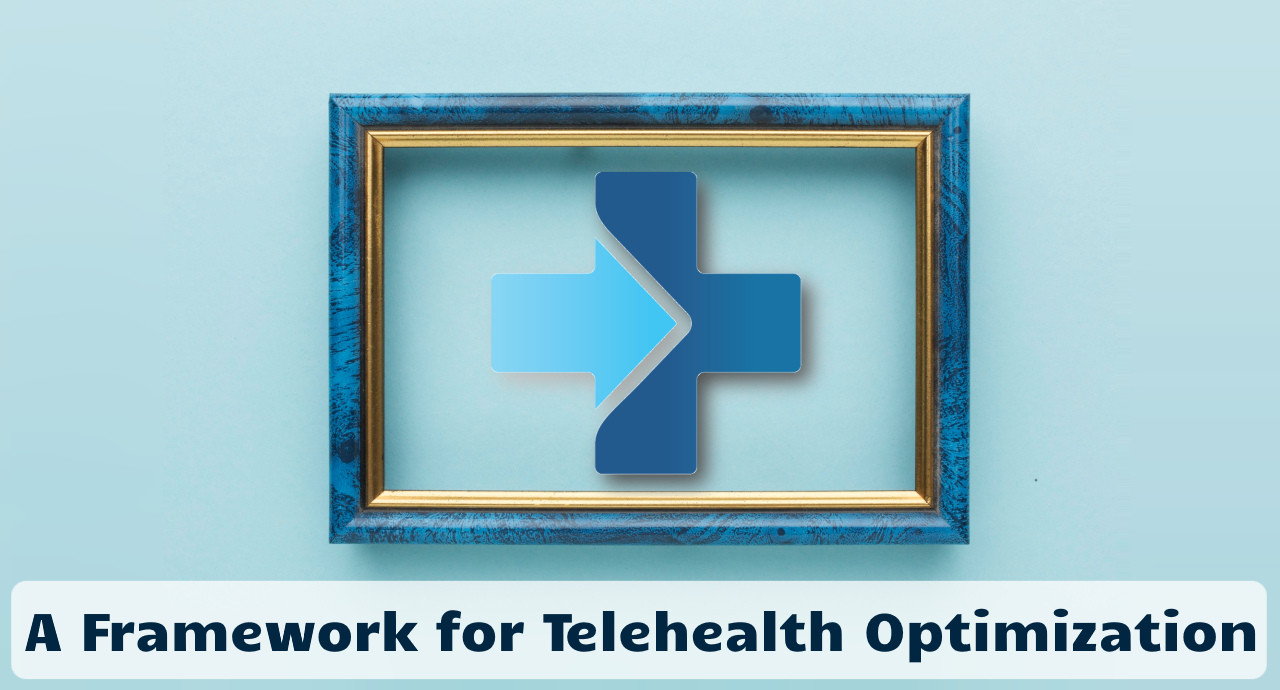
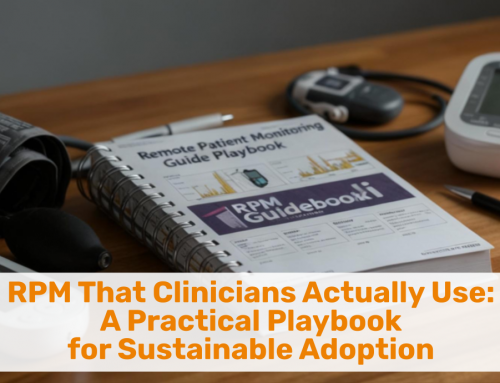


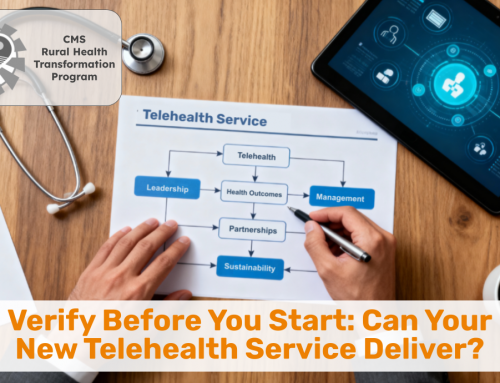
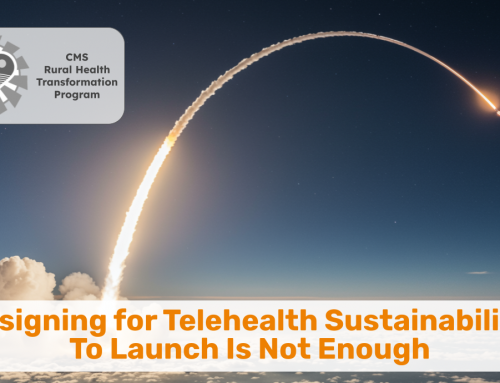
Leave A Comment